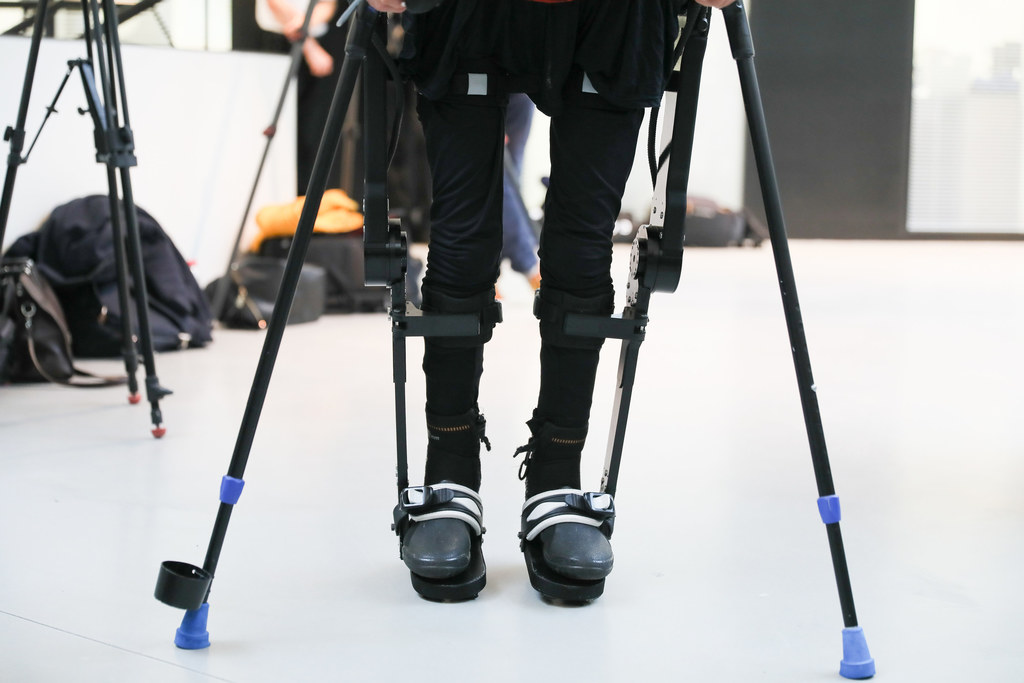
The aim of this project is to investigate and implement the potential of the exoskeletons TWIICE and eWalk for assistive control strategies.
Exoskeletons, or orthotic devices which assist walking, are a promising way for people with physical disability to recover mobility. At EPFL the group REHAssist has developed the exoskeleton TWIICE with the objective to assist walk for people with spinal cord injury. Driven by the rule of simplicity, this wearable device fulfilled expectations in terms of robustness, lightness and reliability. The prototype must however be tailored for a specific person.
This project aims to enhance the versatility of TWIICE, to be adapted for different morphologies of users, different needs and different diseases. Those developments include mechanical length adjustments, a new design for people sizing up to 1,85m and new actuation to make the manufacturing process simpler, faster and cheaper. The project includes tests and validations with users with the ultimate aim of participating to Cybathlon 2020.
In parallel, the group REHAssist will explore a new initiative to assist healthy people in walking in daily living. The group will be in charge of developing the control strategies, integration and tests with users of a device named eWalk, provided by the mechatronics company Sonceboz.
This two-year project is conducted by the REHAssist Group, now part of the Biorobotics Laboratory (BIOROB) led by Professor Auke Ijspeert. It is sponsored by Sonceboz.
| Principal investigator | Dr Mohamed Bouri |
| Period | 2019-20 |
| Sponsor | Sonceboz |
| Laboratory | BIOROB |